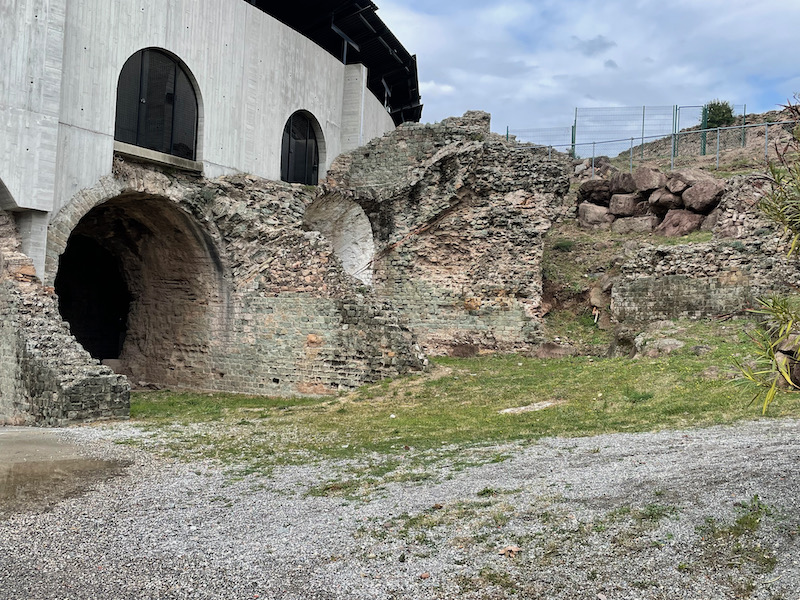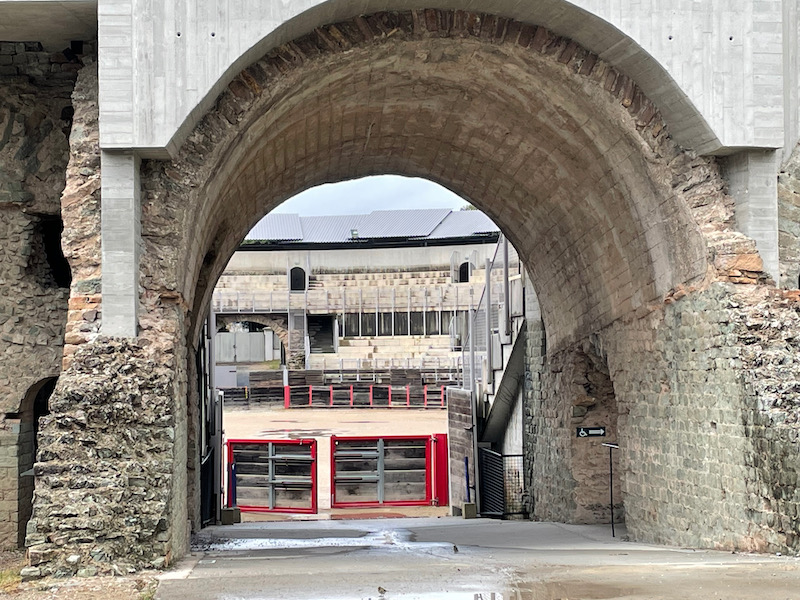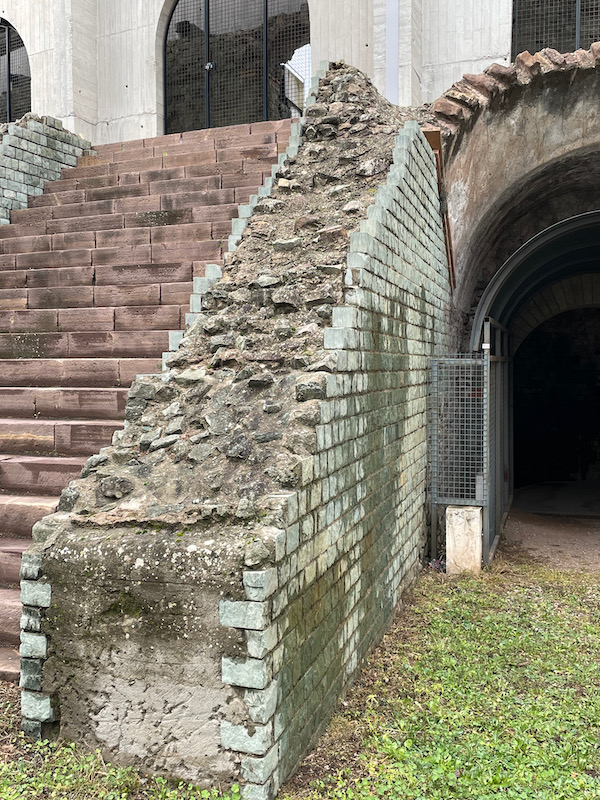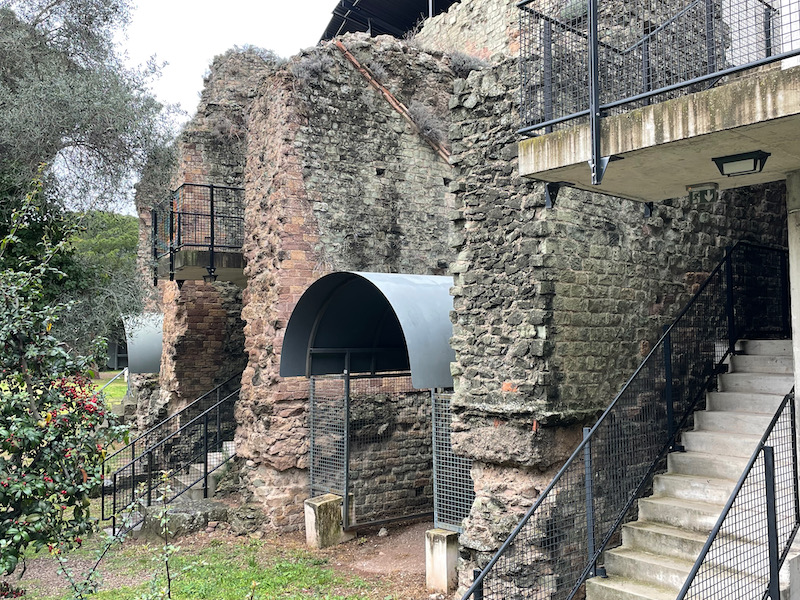Our Blog - Cote d'Azur - Fréjus, France
First stop this morning was a beach for Lucy to play on for a bit before we headed to the town of Fréjus.
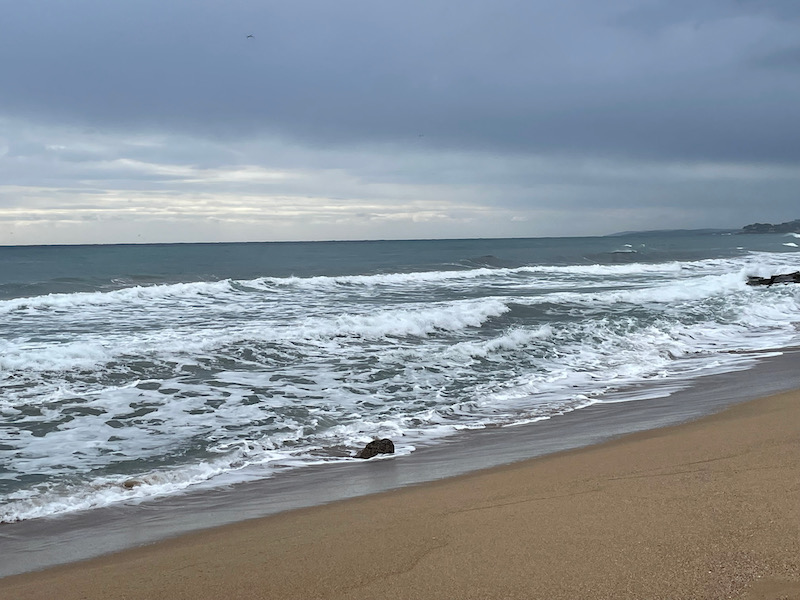
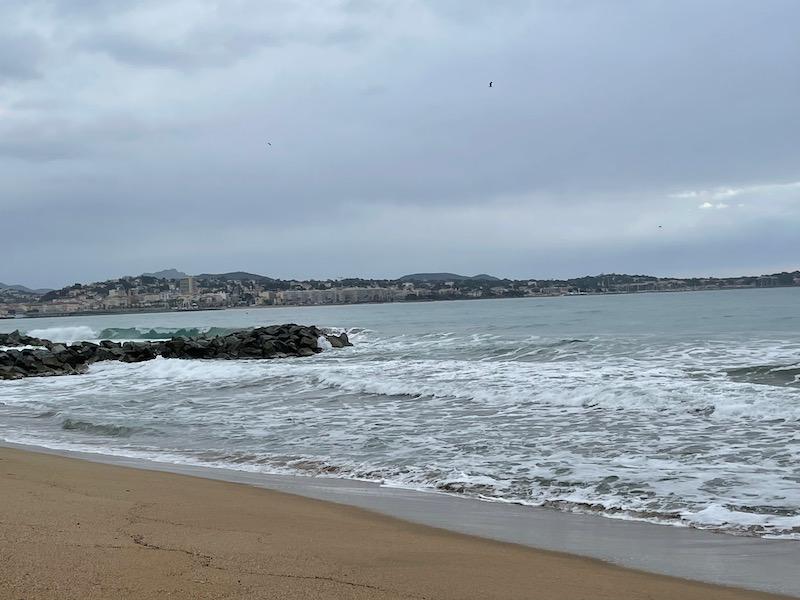
Fréjus was strategically situated at an important crossroads formed by the Via Julia Augusta (which ran between Italy and the Rhône) and the Via Domitia. It was originally named "Forum Julii" (meaning the public square of Julius, most likely Julius Caesar), it was founded in 49 BC to oppose the power that was in the colony of Massilia (present-day Marseille). Augustus made the city the capital of the new province of Narbonensis in 22 BC, spurring rapid development and it became one of the most important ports in the Mediterranean.
The Roman Theater of Fréjus is the first performance building built in the Roman city. The thought is that it was initially built in wood on the slope of the hill and then rebuilt around the birth of Jesus Christ. The current state doesn't in any way reflect the original monumental appearance, and it isn't as easy to picture what it looked like in its heyday compared to some other Roman theaters in the area. Its original capacity is estimated at 2000 spectators. It had a classical semi-circular shape. None of the stage area remains but the base of the spectator area can still be seen.
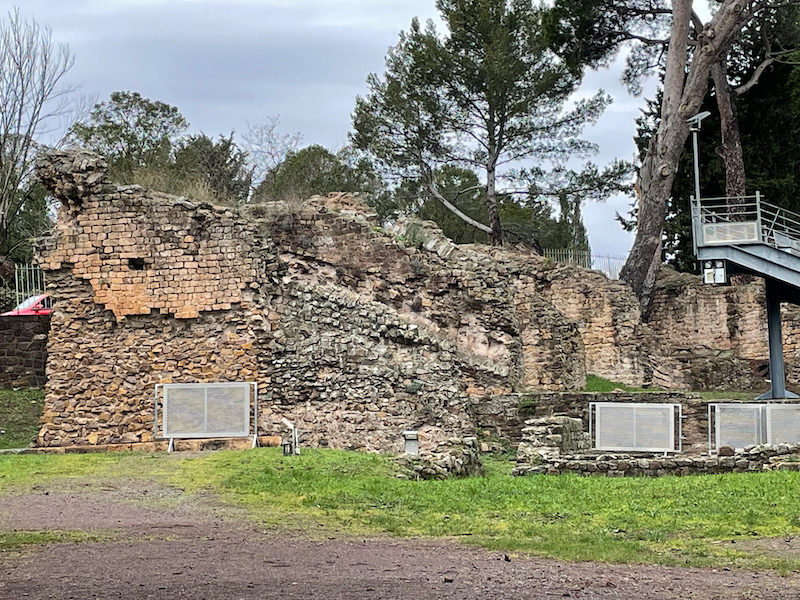
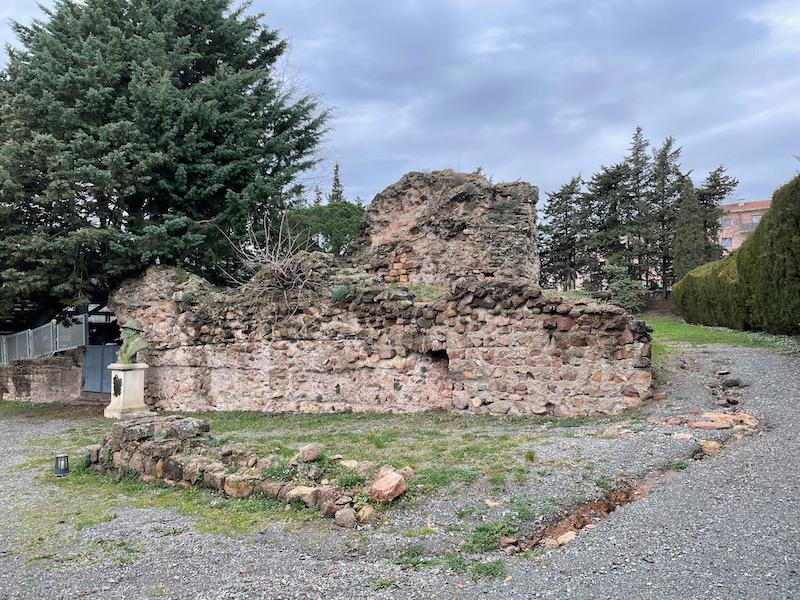
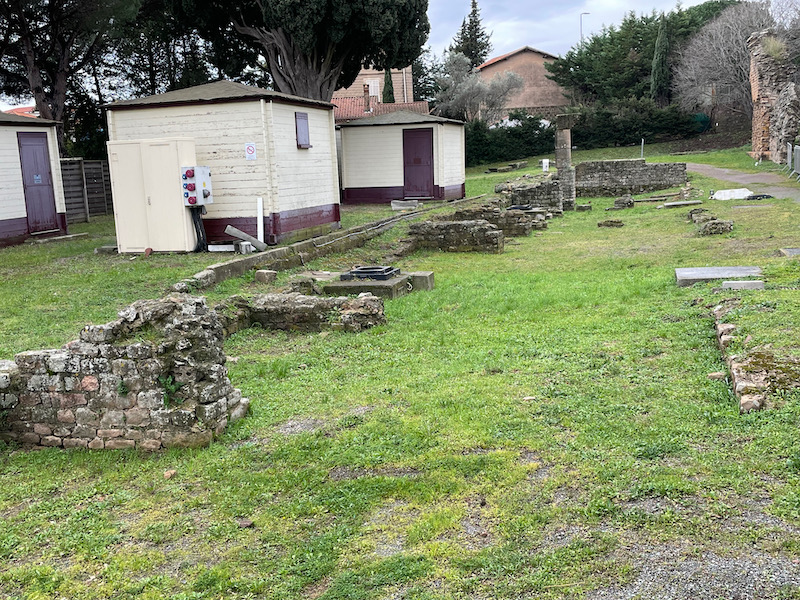
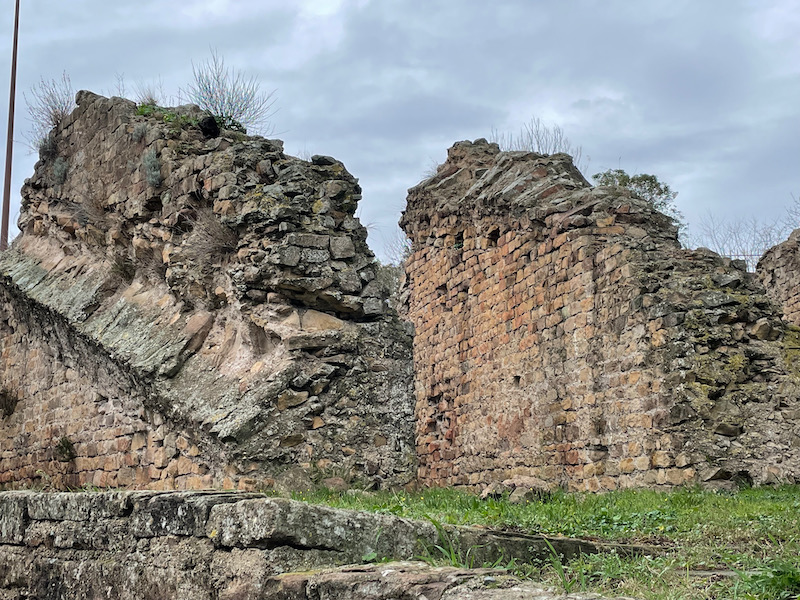
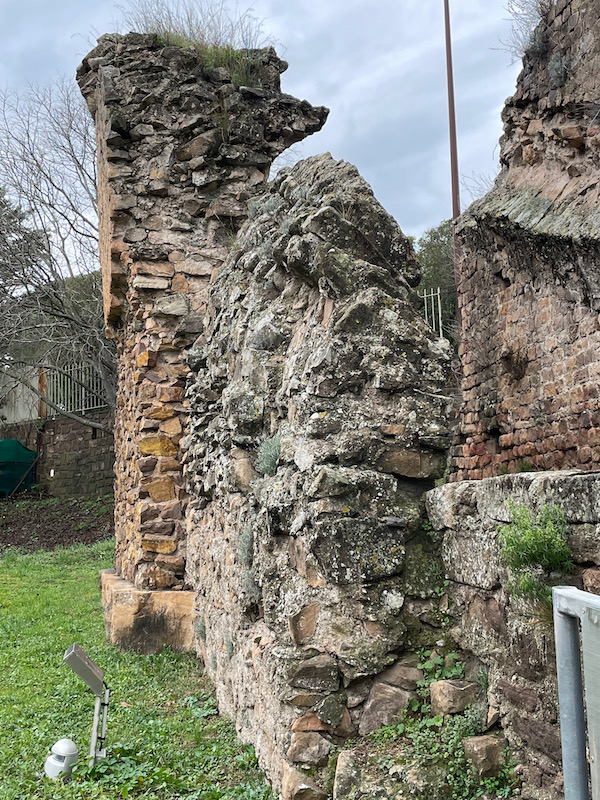
The Roman Aqueduct originally measured over 25 miles with 36 bridges and was built over the course of 20 years. The remains of some of the towers holding the aqueduct can be seen in a small park around the corner from the theater, near where one of the original gates into the Roman city would have been (which I think is in the 2nd picture).
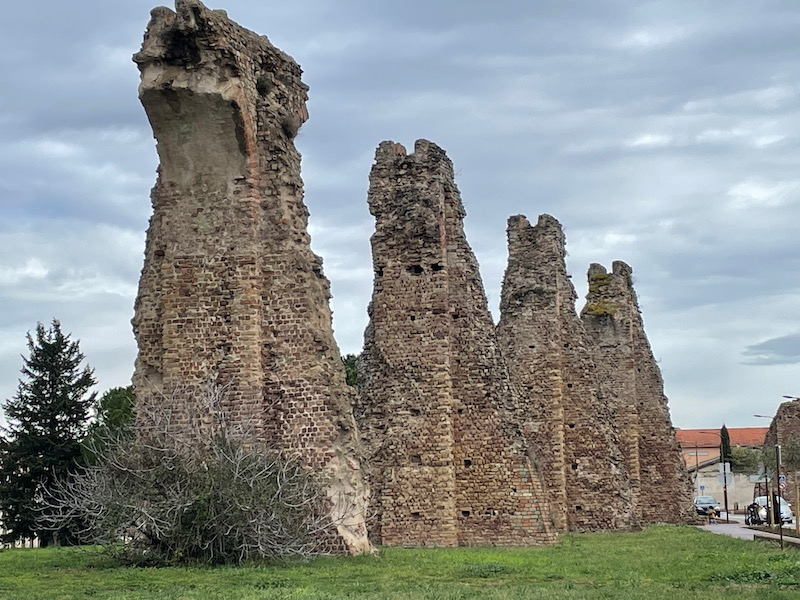
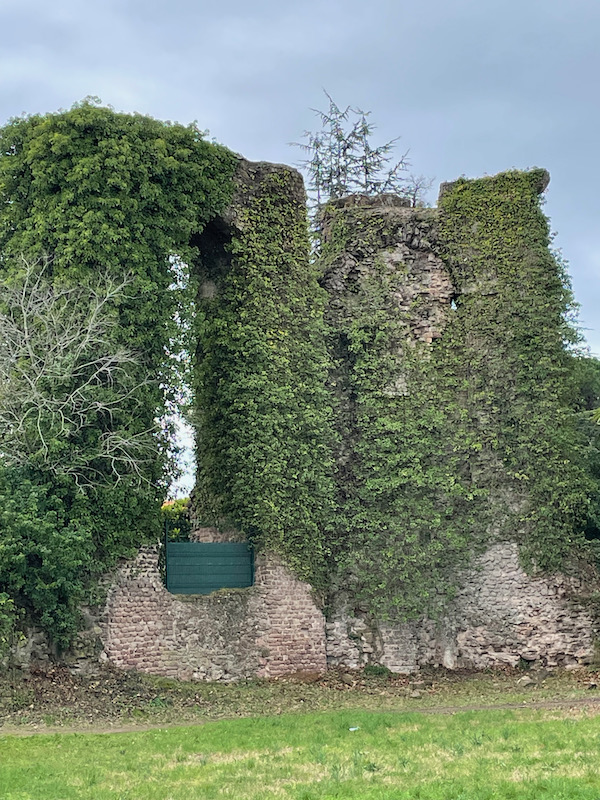
The Cathédrale Saint-Léonce of Fréjus dates from medieval times but has been modified several times. As we headed into the church, we noticed the sundial above the door.
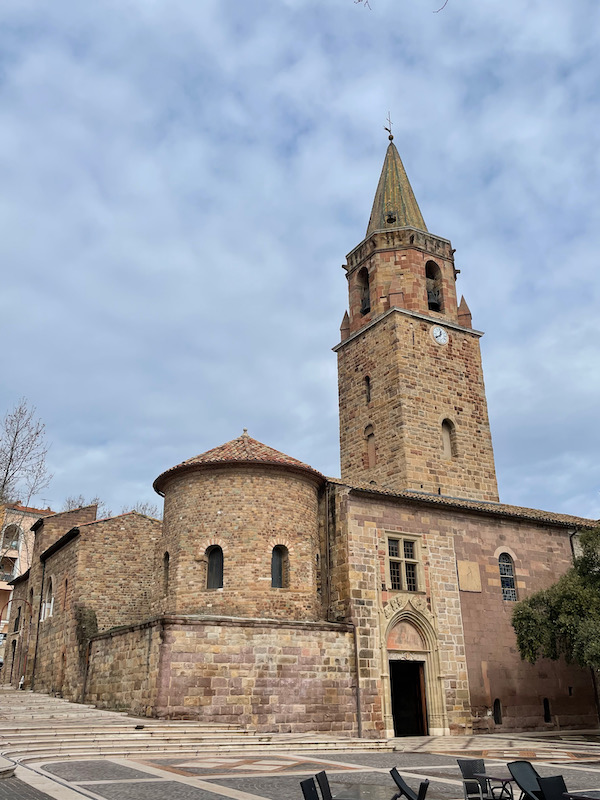
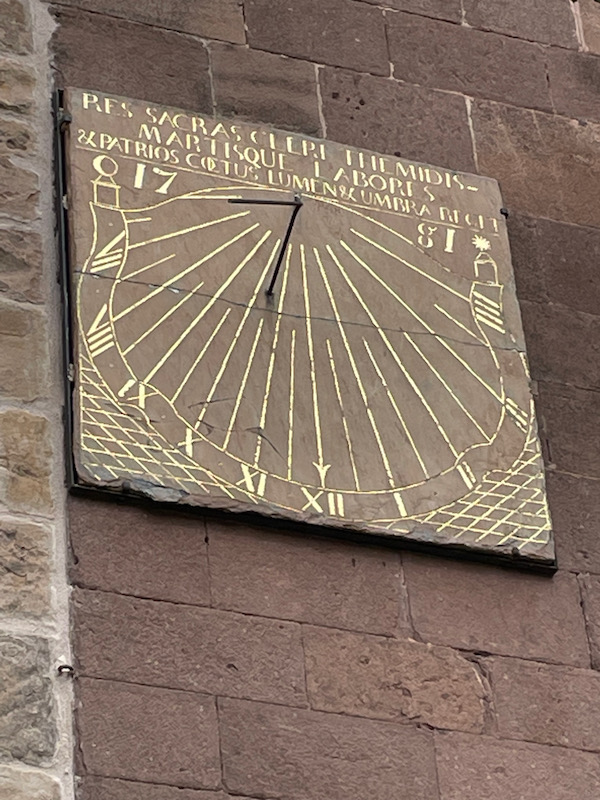
Just inside, we got a view of the Paleo-Christian baptistery from the 5th century (Merovingian). Sorry for the odd reflections, but the entire octagonal room is behind glass to keep it safe. There are 8 corner Corinthian columns that were reused from a Roman building. It is the 2nd oldest baptistry in France and is one of the best preserved.
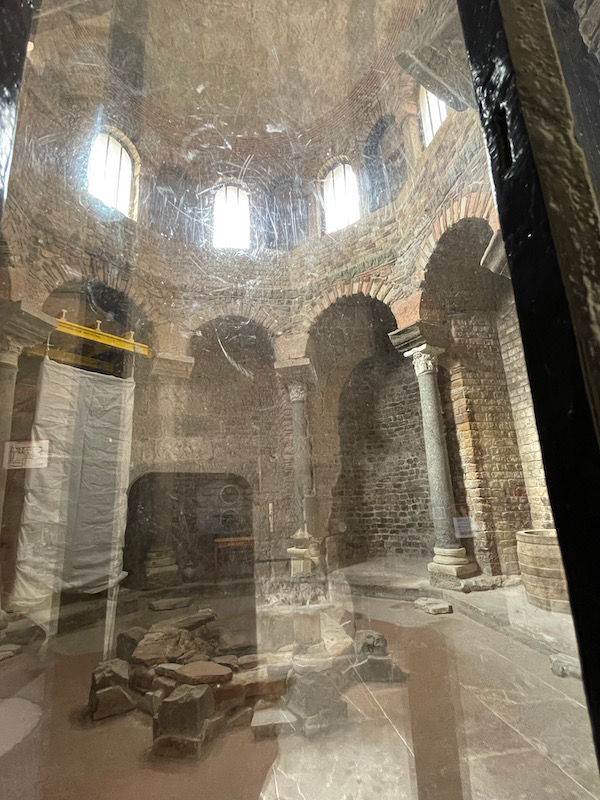
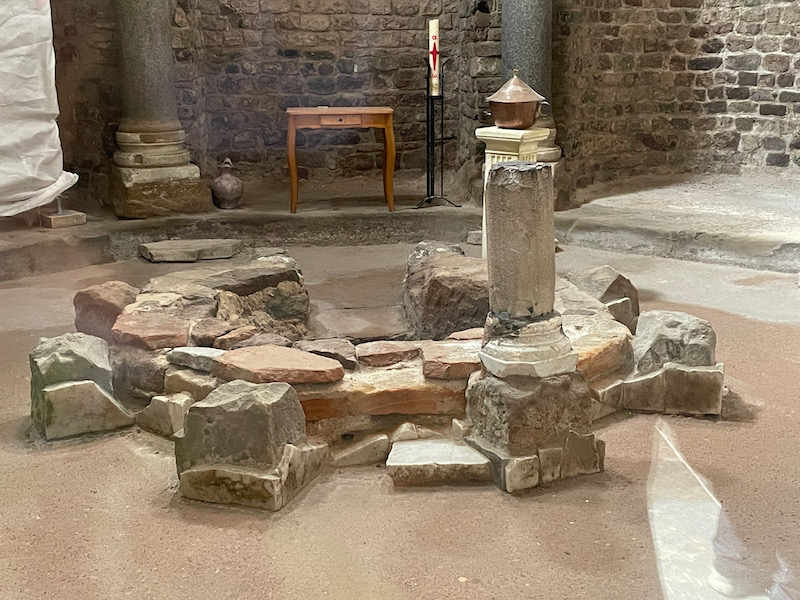
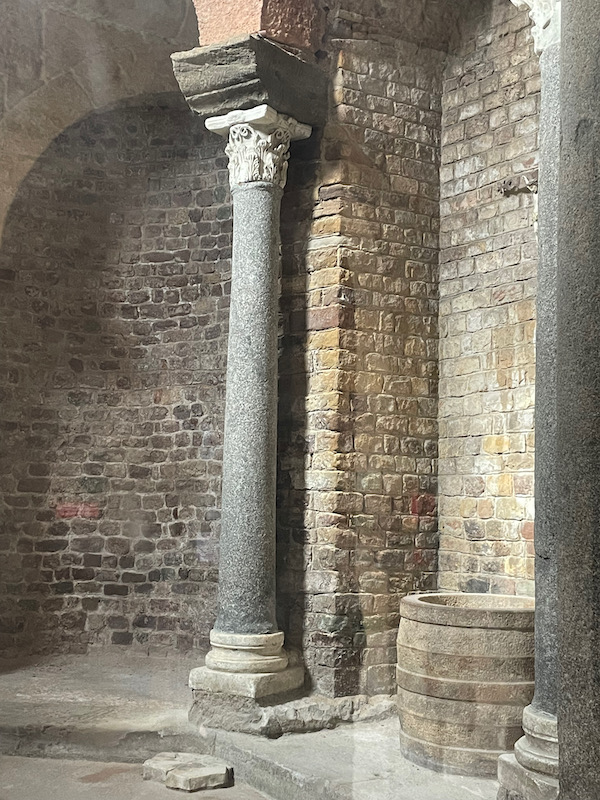
Here we have the nave with very interesting vaults ... not quite Gothic, not quite Romanesque. You can see the organ along the right-hand wall, which is interesting because it is at floor-level and not placed up higher like in most cathedrals. This is actually a very recent organ, installed in 1991.
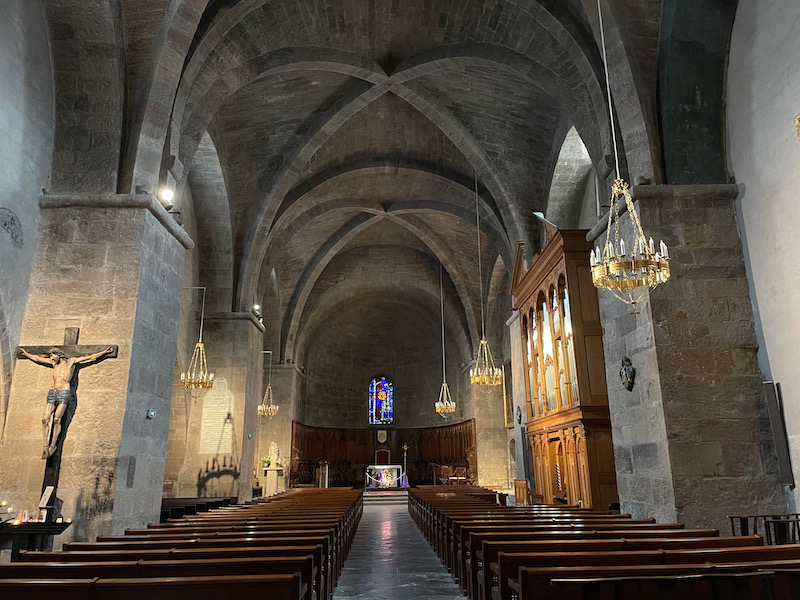
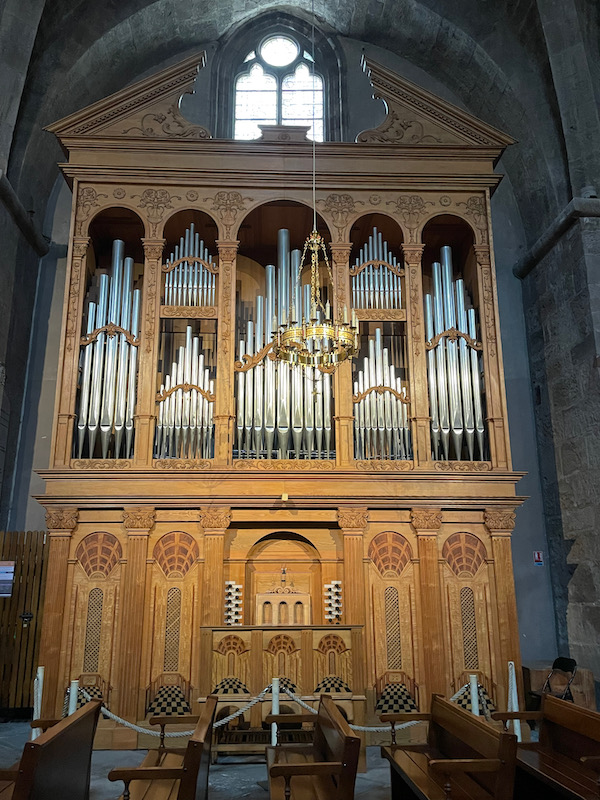
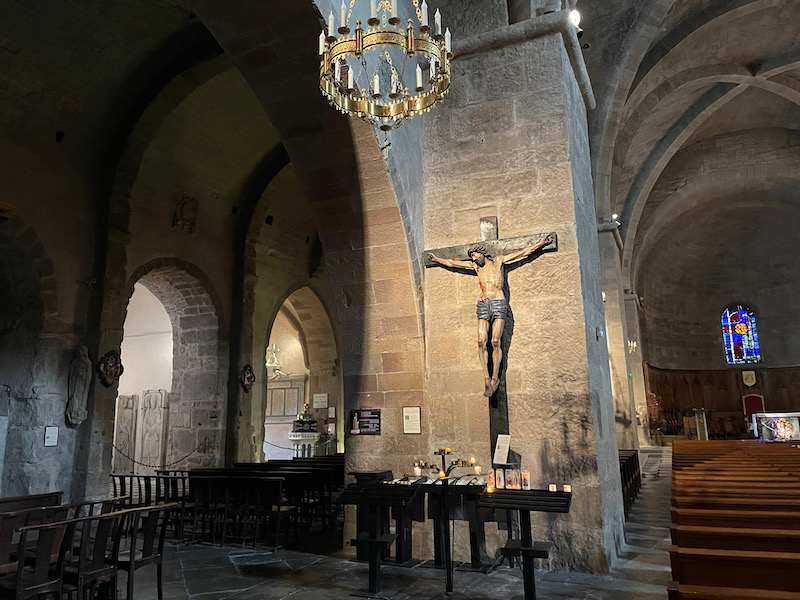
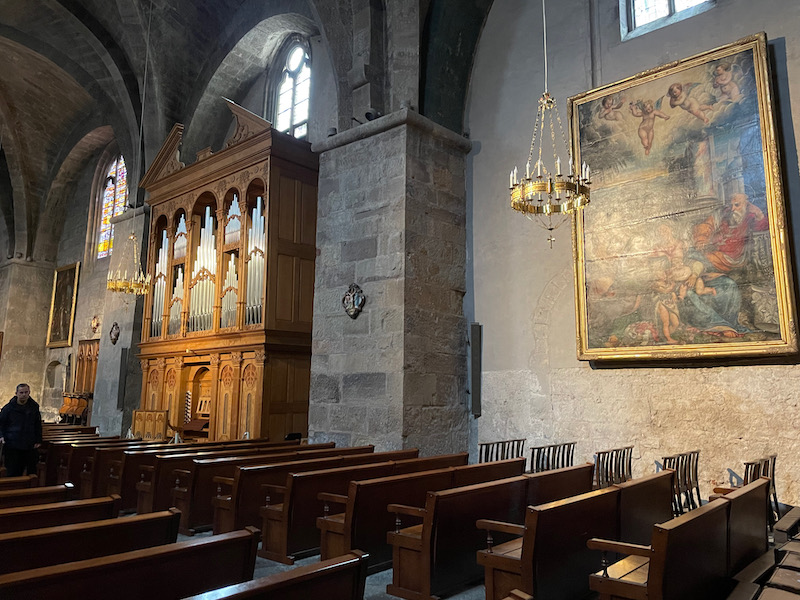
In the choir, there is a beautiful set of 15th-century stalls. They are carved in a 14th-century radiant style with roses, bells, and gables. They were reworked in the 18th century, which may explain why they are in such great shape.
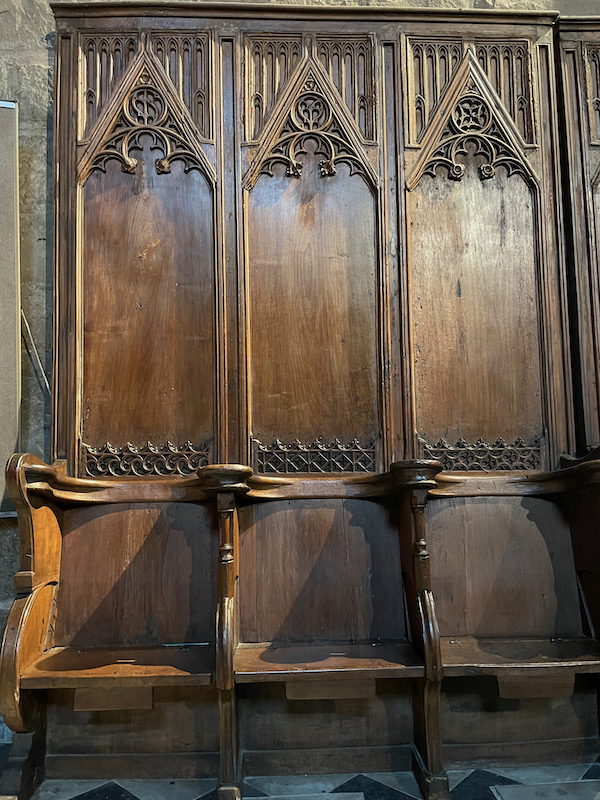
This is the altar of the Sacred Sacrament with the relics of Saint Léonce.
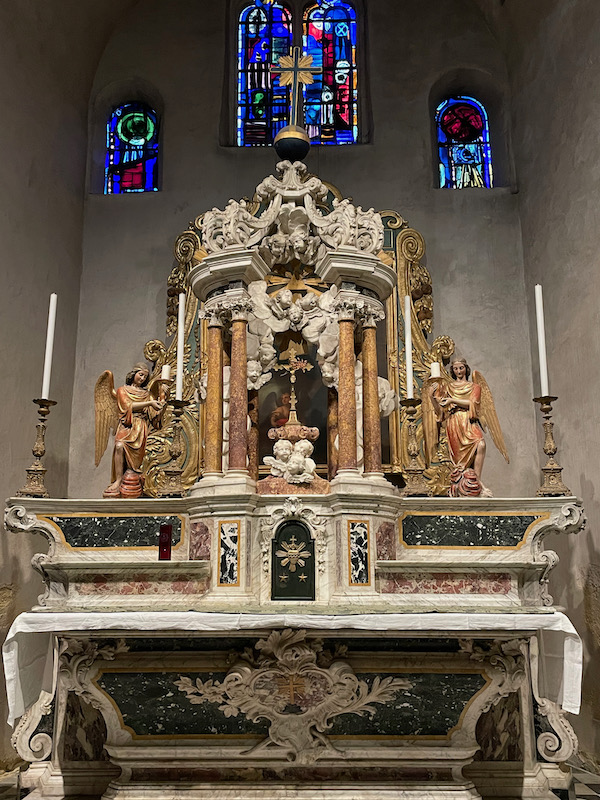
The retable of Sainte Marguerite was created in the 15th century. On the bottom in the middle is Sainte Marguerite of Antioche, surrounded by various saints. At the top are archangels and Christ on the cross.
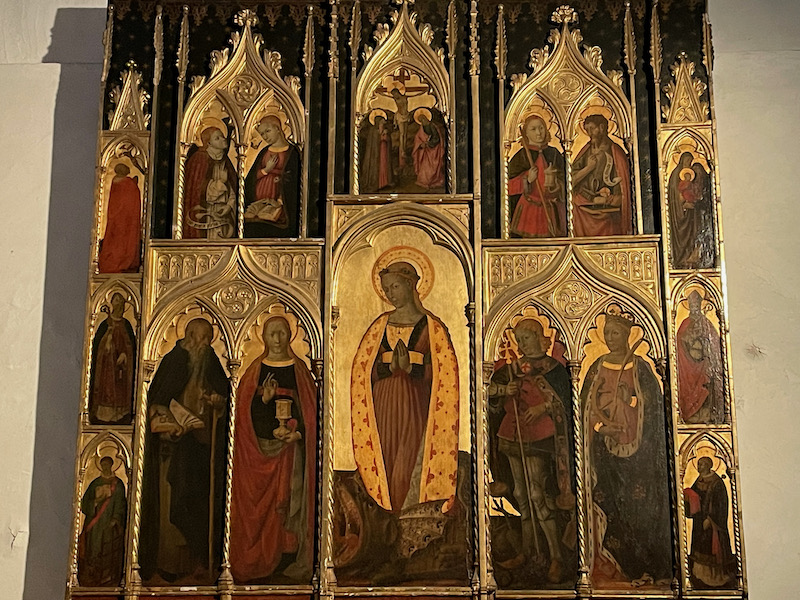
In the same chapel as the retable of Saint Marguerite is this 2nd or 3rd century sarcophagus. On the opposite wall are funerary plaques of Louis de Bouillac (15th century) and Guillaume de Rouffilhac (14th century), both bishops of Fréjus.
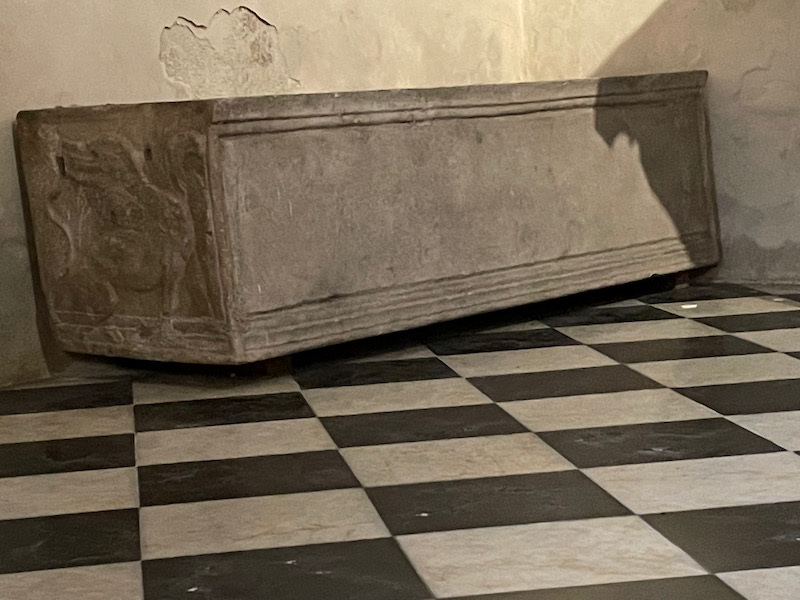
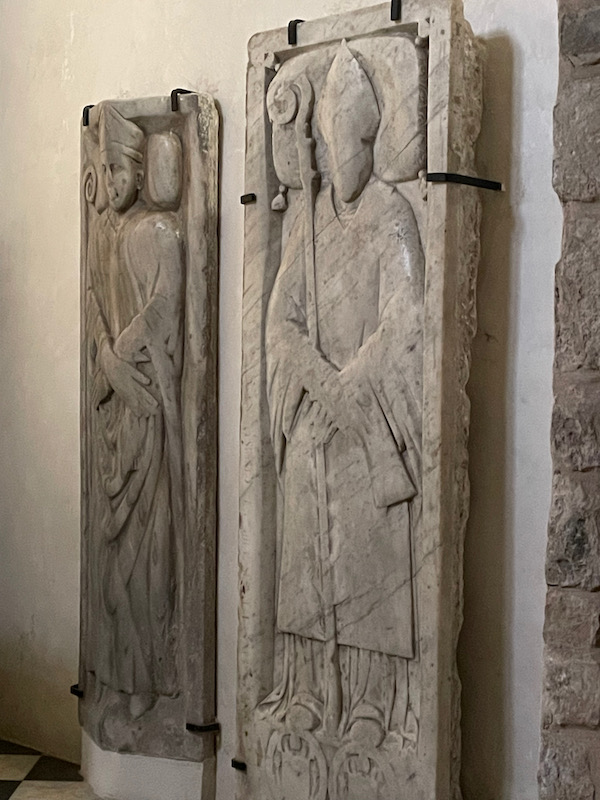
This 17th century door is called the Porte aux Atlantes or the Porte aux Cariatides. The name "Atlantes" comes from the Titan Atlas from Greek mythology, who was condemned to hold up the heavens for eternity. There are 2 male characters that support the Baroque-style base. Above them is a lintel made up of 2 cherubs and a scallop shell with a head below them that is sticking out its' tongue.
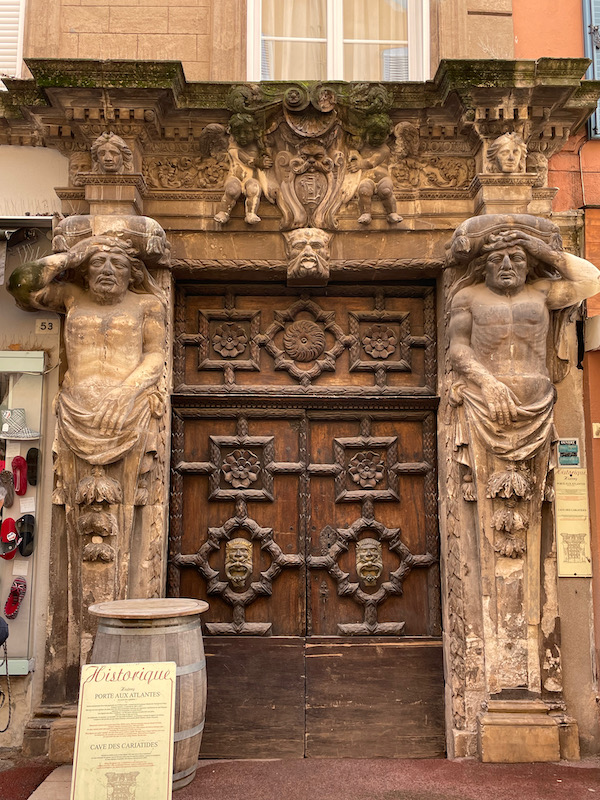
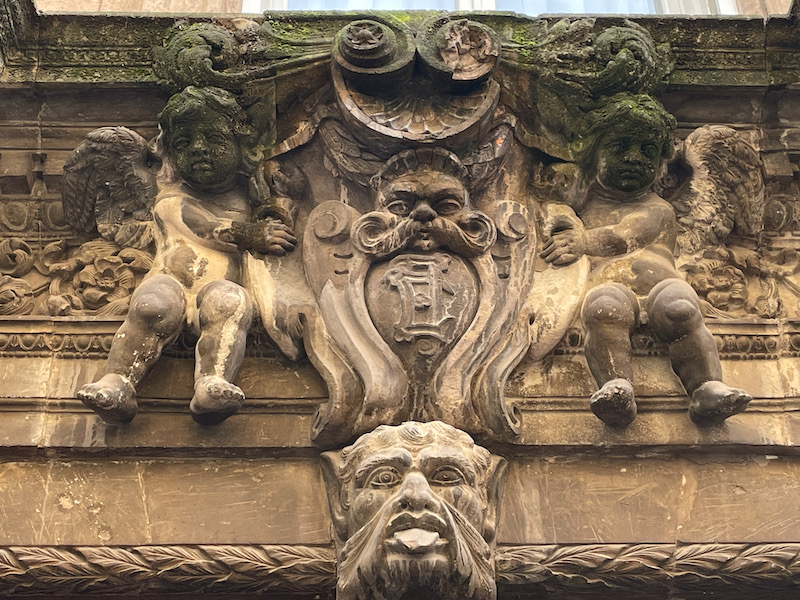
The Porte des Gaules doesn't really look like much now, but this is one of the old Roman gates.
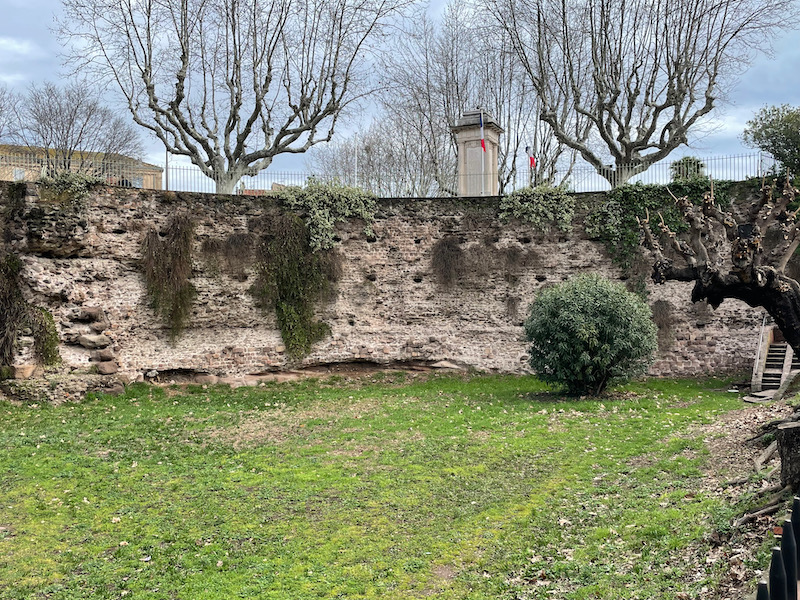
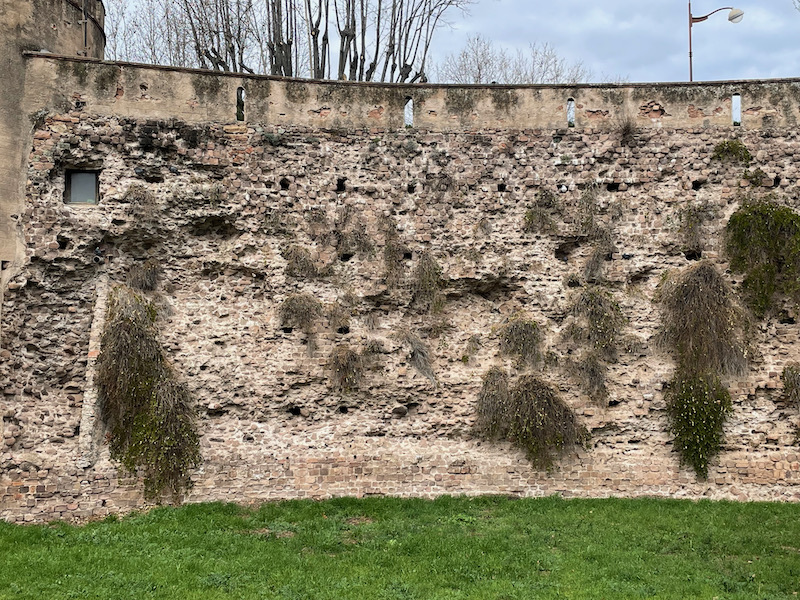
The Roman amphitheater (sometimes called the Fréjus Arena) was built in the 1st century and could accommodate 10,000 to 12,000 spectators. I was built just outside the rampart and the Porte des Gaules, sitting up against a sandstone hill. The facade has disappeared, but there are still large radiating walls which ensured the anchoring of the monument and supported the cavea (the steps) by a system of vaults. You can see the base is still from the Roman times but quite a bit of work has been done to be able to use it for various events. For example, it seems a clay tennis court was installed there in 1993 for part of the Davis Cup. Rod Stewart and Queen both held concerts in the arena (July 1983 and July 1986, respectively).
